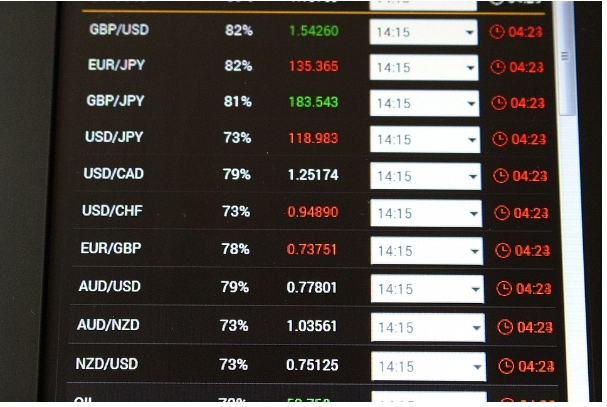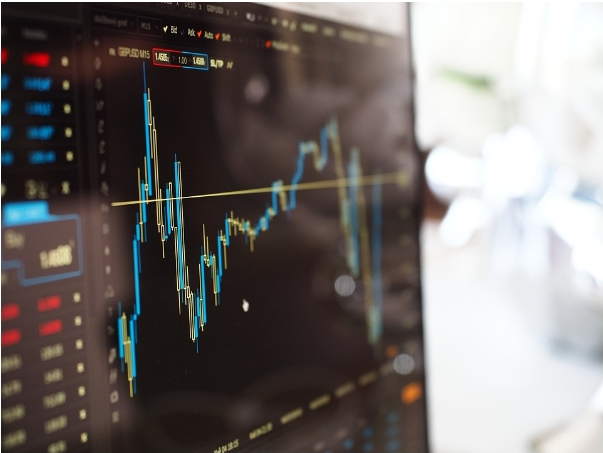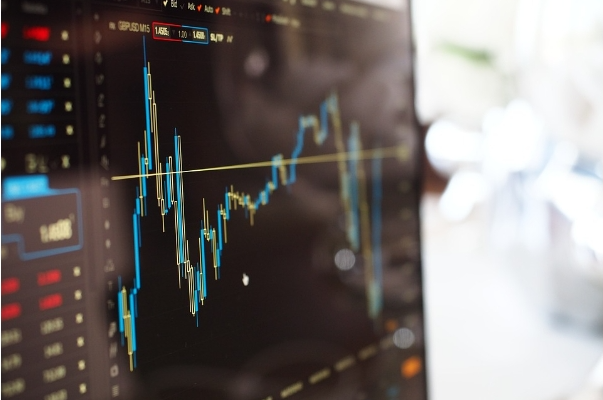Are you a trader looking to trade forex in 2023? This guide covers everything you need to know to get started and stay ahead in the game.
Foreign exchange, or forex, is a market where buyers and sellers of currencies transact to benefit from price fluctuations. Investors, corporations, and governments all benefit from foreign exchange trading because of the necessity to convert currencies for use in cross-border transactions.
As we near mid-2023, the foreign exchange market shows no signs of slowing down as it adjusts to new economic, political, and technological trends. Hence, forex traders must always be aware of and adapt to the most recent trends, techniques, and trading tools to thrive in an ever-changing and competitive market. This guide aims to thoroughly introduce forex trading in 2023, covering everything from the fundamentals of currency pairings and choosing a trading platform to more complex strategies like technical analysis and algorithmic trading.
Forex trading basics
Understanding currency pairs

⇒Join us on Telegram for more Sure and Accurate football-winning tips every day...click here
https://pixabay.com/id/photos/kursus-bursa-efek-forex-643727/
Whenever you see the EUR/USD or USD/JPY quoted, that’s a currency pair. The first currency in a currency pair is the base currency, while the second is the quote currency. The Euro is the base currency, and the US Dollar is the quote currency in the EUR/USD currency pair. The value of the exchange rate is the amount of the quoted currency required to purchase one unit of the base currency.
Types of forex trade
Forex trade types include spot trades, forward trades, and options.
- Spot trades involve buying or selling a currency pair at the current market price.
- Forward trades involve agreeing to buy or sell a currency pair at a future date and a predetermined price.
- Options give traders the right, but not the obligation, to buy or sell a currency pair at a specific price and date.
Trading platforms and brokers
Forex trading is conducted through online trading platforms provided by forex brokers. These platforms allow traders to execute trades, view charts and technical indicators, and manage their accounts. As a result, it is important to choose a reputable forex broker regulated by a recognized authority that offers competitive spreads, low commissions, and reliable customer support.
Creating a forex trading strategy for 2023
Defining your trading style
Traders should first define their trading styles, such as day trading, swing trading, or position trading. This will help determine the frequency of trades, the length of holding positions, and the tolerance level.
Techniques for trading in the forex market
- Scalping refers to trades that are held for just a few minutes. Scalping is one of the most complex forex trading tactics: the goal is to enter a trade, beat the bid/offer spread, and then swiftly leave with a little profit. This method is most effective when used on low time-frame charts like TradingView charts. You can also find some of the most useful forex scalping indicators on this trading platform. One trading approach that fits this description is the Forex-1 minute Trading Method.
- Day trading refers to deals made and closed during the same day. This eliminates the possibility of experiencing a negative impact from overnight changes. Several of the forex trading tactics aimed at newcomers include day trading. Chart price bars are often set to one or two hours because trades may only last that long.
- Swing trading refers to holding positions for several trading days to profit from short-term price movements. A swing trader may examine bars every half an hour to an hour.
- Positional trading is a long-term trend-following strategy that aims to maximize profit from large market movements. Long-term traders often study charts at the close of the trading day. The finest positional trading methods call for traders to have extreme patience and self-control.
Setting trading goals and risk management
Traders should also set specific trading goals, such as profit targets or risk-reward ratios. Risk management is also crucial in forex trading, as traders should aim to minimize losses and protect their capital. Traders can achieve this by setting stop-loss orders, trailing stops, and diversifying portfolios.
Implementing carry trading
Carry trading involves borrowing in a low-interest-rate currency and investing in a high-interest-rate currency. This strategy can provide additional income but also comes with higher stakes. Traders should carefully evaluate the rewards of carry trading and understand the factors affecting interest rate differentials.
Using technical indicators and chart patterns

https://pixabay.com/id/photos/mengaburkan-bagan-komputer-data-1853262/
Advanced traders often use technical indicators and chart patterns to identify trading opportunities. Forex charts are used to analyze price movements and identify trends in the market. The most common type of forex chart is the candlestick chart, which shows a currency pair’s opening, closing, high, and low prices for a given period. Technical indicators, such as Moving Averages or Relative Strength Index (RSI), provide insights into market trends and momentum. Chart patterns, such as head and shoulders or triangles, can also signal potential trading opportunities.
Managing emotions and psychology in forex trading
It’s important to keep your cool and your emotions in check. Here are some strategies for managing emotions and psychology in forex trading:
- Stick to a trading plan
- Practice discipline and patience
- Manage risk
- Stay positive and focused
- Use mindfulness and meditation techniques.




